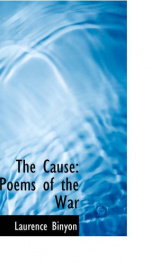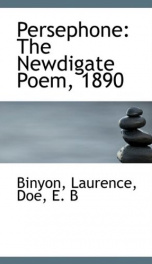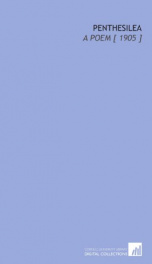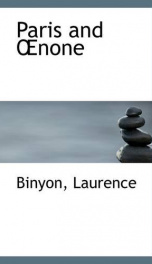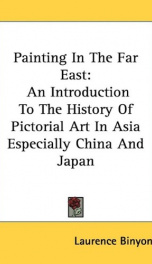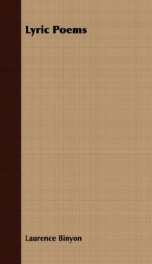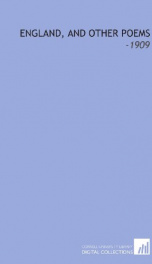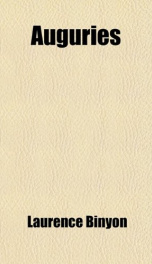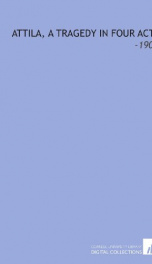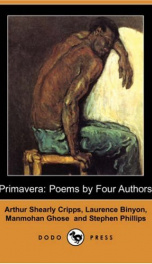dutch etchers of the seventeenth century
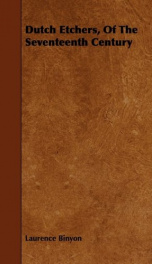
DUTCH ETCHERS OF THE SEVENTEEXTH CENTURY WHEN, towards the close of the last century, Adam Bartsch began that monument of his industry and patience, Le Peintre Gmreur, he devoted the first volumes of his twenty-one, not to the early engravers of Germany or Italy, but to the Dutch etchers of the seventeenth century. These were, in fact, the idols of the amateur of that day and the indiscriminate praises which Bartsch lavishes on mediocre artists, like Waterloo or Le Ducq, sufficiently show how uncontested was their rank, and how fashionable their reputation. Since then their vogue has considerably declined. Rembrandt, of whom Bartsch treated in a separate work, is perhaps more admired,,more studied than he ever was. His etchings, reproduced in more or less accurate forms, are not only familiar to artists and to students, but, to a certain extent, reach even the general public. But Rembrandts glory has obscured the fame of his countrymen and contemporaries. Like Shakespeare by the side of the lesser Elizabethans, he stands forth alone and dazzling, and, though they enjoy a titular renown, they suffer a comparative neglect. Yet, if Rembrandt is by far the greatest, others are great also. The following pages are designed to serve as a sort of introduction to the more notable among these etchers, in the same way that Mr. Hamertons...
Info about the book
Author:
Series:
Unknown
ISBN:
5872563043
Rating:
5/5 (5)Your rating:
0/5
Languge:
English
Users who have this book
Users who want this book
What readers are saying
What do you think? Write your own comment on this book!
write a commentif you like dutch etchers of the seventeenth century try:
Do you want to exchange books? It’s EASY!
Get registered and find other users who want to give their favourite books to good hands!

